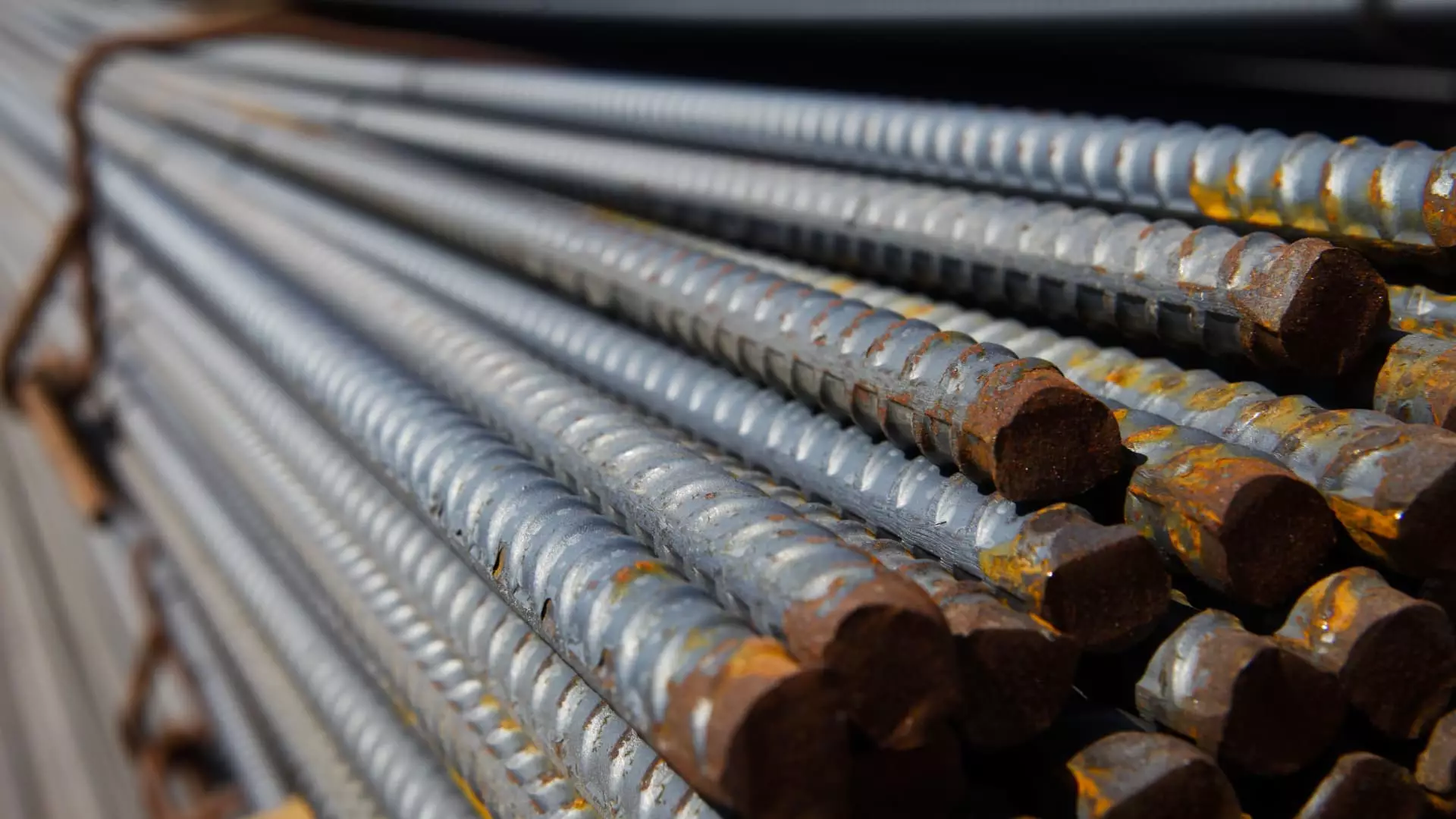The landscape of the U.S. steel industry has once again been influenced by government policy, as recent tariff decisions by President Donald Trump have sparked controversy and prompted a range of reactions from industry analysts. While these tariffs—set at 25% for imports from Mexico and Canada and 10% for those from China—appear to promise immediate benefits to domestic steel producers, they also raise concerns about the industry’s overall trajectory in the coming years.
The introduction of these tariffs is likely to affect the pricing structure within the U.S. steel market. With foreign steel becoming more expensive, the expectation is that U.S. companies will not only meet but also increase production levels, which could enable them to raise their own prices. Nucor CEO Leon Topalian highlights the longstanding struggle against “illegal dumping” by foreign entities, a situation whereby steel is sold at prices lower than the domestic market rates or below production costs. This practice has contributed to a detrimental competitive environment for American manufacturers.
Investors on Wall Street reacted cautiously to the news, with steel stocks demonstrating volatility. Shares of Nucor showed a slight uptick, while U.S. Steel’s stock also experienced minimal gains. This market behavior demonstrates a deeper uncertainty—despite the tariffs intending to bolster U.S. steelmakers, the immediate stock market response suggests ongoing skepticism among investors.
Despite the promising outlook created by the tariffs, analysts warn of underlying pressures that may dampen the benefits in the long run. Morgan Stanley projects that while U.S. steel prices may recover post-tariff imposition, demand growth remains lukewarm, at around 1.6%. The anticipated price gains, while encouraging, may not reach their full potential, especially if consumer demand for steel fails to keep pace.
Additionally, the recent cyclical pressures observed in the automotive industry—a significant consumer of steel—pose a substantial risk. Analysts, including those from Bank of America Securities, indicate that a potential drop in auto production could significantly impact overall demand for steel. Approximately 25% of the domestic steel market is influenced by automotive needs, making it crucial for U.S. steelmakers to consider the broader economic environment.
In light of geopolitical and economic shifts, major players in the U.S. steel market are reevaluating their strategies. The former acquisition plans involving U.S. Steel and Japan’s Nippon Steel were thwarted by the Biden administration, prompting Nucor to explore potential partnerships with Cleveland-Cliffs. These strategic realignments indicate an industry that is both resilient and adaptive but also one that recognizes the need to navigate complex challenges in trade and technology.
Analysts point out that while near-term benefits from the tariffs are evident—Arising from trade disruptions that drive up prices—the medium-term outlook remains murky due to anticipated increases in production capacity and low consumer demand. Firms like UBS acknowledge that while the protective measures may initially favor U.S. steel prices, the benefits could be countered by oversupply and stagnant demand.
The recent tariffs enacted by President Trump present a double-edged sword for U.S. steelmakers. On one hand, they promise immediate relief from foreign competition, potentially leading to increased production and higher prices. On the other hand, persistent structural challenges within the U.S. economy, particularly in sectors heavily reliant on steel, could offset these temporary advantages. The industry’s ability to adapt to these pressures will likely determine its long-term sustainability. Thus, stakeholders must remain vigilant and proactive as they navigate the intricate interplay between policy decisions, market dynamics, and global trade relationships.

